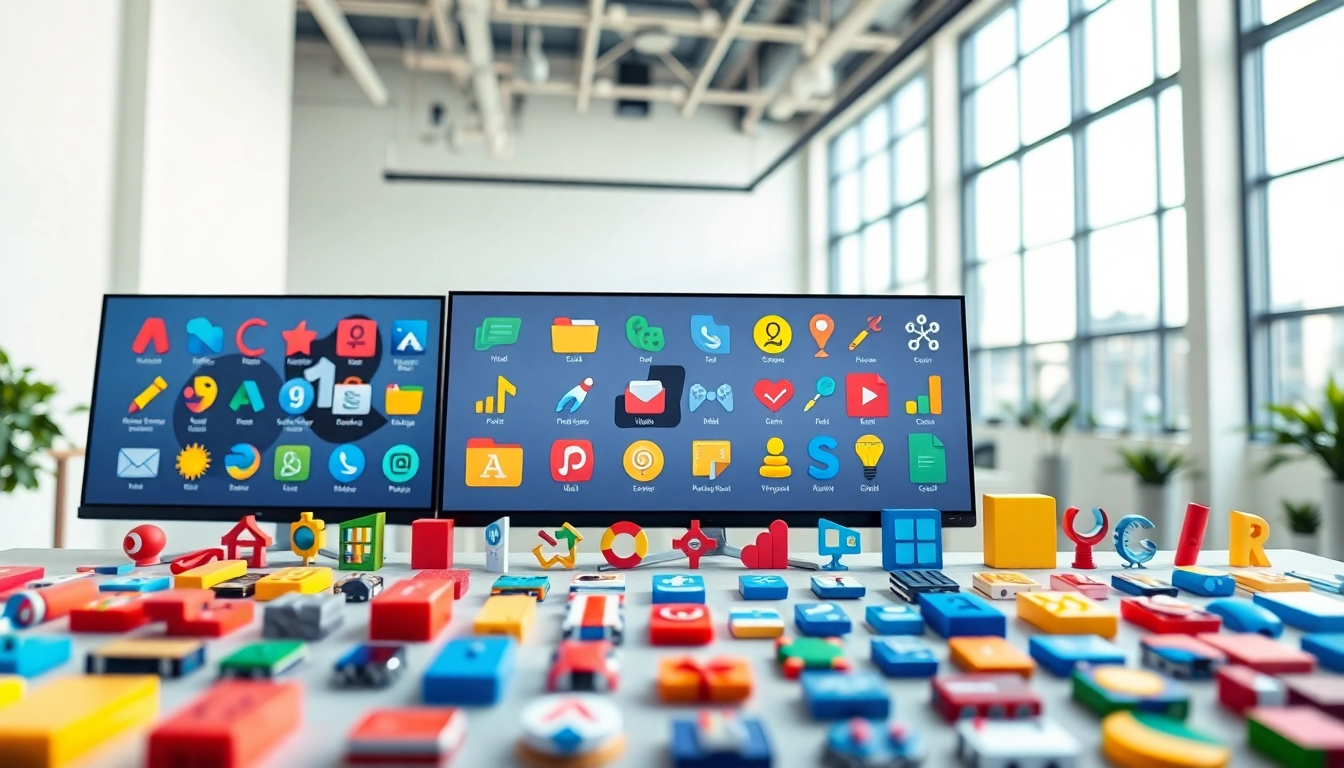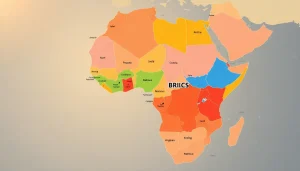Creating Unique Icons: Best Practices for Designers and Developers
Understanding Icons: Importance and Usage
Icons are essential visual elements in modern design, acting as a bridge between users and digital interfaces. They encapsulate complex ideas in simple graphical representations, facilitating user navigation and interaction. The importance of Icons in enhancing communication efficiency cannot be overstated. This article aims to delve into the multifaceted nature of icons, their design principles, technical considerations, available tools, and future trends in the domain of iconography.
Defining Icons and Their Role in Design
Icons are graphic symbols that represent a function or concept. Their role in design is to simplify user experiences by providing visual cues that translate functionality into easily understandable imagery. For instance, a trash can icon universally suggests deletion, while a magnifying glass indicates search functionality. This universality in representation enhances intuitive navigation across platforms and devices.
Types of Icons: From Simple to Complex
Icons range from simple representations, such as pictograms and glyphs, to complex designs that may include 3D aesthetics or animations.
Generally, icons can be categorized into the following types:
- Pictograms: Simple images that convey their meaning through direct representation.
- Glyphs: Abstract symbols that may require previous knowledge to decipher.
- Animated Icons: Moving icons that provide dynamic feedback and draw user attention.
Impact of Icons on User Experience
The impact of icons on user experience is profound. Effective icon design can significantly improve the usability of an interface. Icons help to:
- Enhance clarity by simplifying navigation and understanding.
- Increase accessibility for diverse user groups.
- Boost engagement by creating visually appealing interfaces.
Design Principles for Effective Icons
Color Theory and Icon Aesthetics
Color plays a crucial role in icon design, influencing user perception and interaction. Certain colors can evoke specific emotions and responses. For instance, red may signal caution, while green often connotes permission or go. Understanding color theory is essential for creating aesthetically pleasing and functional icons.
Typography and Icon Design
Typography merges effectively with iconography when text is integrated into or accompanied by icons. The choice of typeface can enhance or undermine an icon’s message. Icons should work harmoniously with typography to ensure a cohesive visual identity.
Consistency in Iconography
Maintaining consistency across icons is vital for creating a unified interface. Icon styles, such as line weight, color palette, and size, should be uniform throughout a project to enhance recognition and usability. This consistency helps users build familiarity, systemizing interactions through learned associations.
Technical Considerations in Icon Creation
File Formats: Choosing the Right Type for Icons
The choice of file format is significant in icon creation. Common formats include:
- SVG: Scalable Vector Graphics are preferred for their scalability and small file size.
- PNG: Portable Network Graphics are widely used for raster images but involve fixed resolutions.
- ICO: Icon format commonly used for website favicons and OS icons.
Responsive Design: Scaling Icons for All Devices
In an increasingly mobile world, responsive design has become crucial. Icons must be designed to scale appropriately across various devices and screen sizes. Utilizing vector formats like SVG ensures that icons retain quality regardless of size adjustments.
Accessibility Guidelines for Icons
Incorporating accessibility guidelines into icon design is essential for inclusivity. Icons should be accompanied by text labels when necessary and should incorporate high-contrast colors for visibility. Implementing ARIA (Accessible Rich Internet Applications) labels can enhance accessibility for users utilizing assistive technologies.
Tools and Resources for Icon Development
Graphic Design Software for Icon Creation
Numerous graphic design tools facilitate icon creation. Popular software includes Adobe Illustrator, Affinity Designer, and Sketch, each offering a plethora of tools for designers to craft intricate icons. These programs provide vector drawing capabilities, allowing for precision in icon design.
Free Resources for Icons and Assets
Designers have access to various platforms that offer free icon resources. Websites like Flaticon and The Noun Project provide extensive libraries of icons suitable for diverse applications. These resources expedite the design process by allowing designers to find pre-made icons.
Icon Libraries and Where to Find Inspiration
Inspiration for icon design can be found in various libraries and galleries that showcase current trends and styles. Websites like Dribbble and Behance allow designers to share their work, contributing to a community that fosters knowledge sharing and innovation. Analyzing these resources can inspire unique icon designs tailored for specific projects.
Future Trends in Icon Design
Emerging Styles in Iconography
Iconography is continuously evolving with trends that reflect changes in design philosophy and user expectations. Current trends include:
- Minimalism: Streamlined designs that focus on core functions without excessive decoration.
- Transparency and Layering: Creative use of layers and transparency creates depth in icon design.
- Custom Illustrations: Tailored icons that reflect brand identity and personality.
The Role of Animation in Modern Icons
Animated icons have gained traction, adding dynamic elements to user interfaces. They serve not only as decorative elements but can also provide essential feedback during interactions. Animation can indicate loading states, errors, or confirmations, enhancing overall user experience.
Adapting Icons for Virtual and Augmented Reality
As technology advances, icons are adapting to fit new mediums, particularly virtual and augmented reality. 3D icons that provide depth and spatial interaction are becoming more prevalent. Designers must conceptualize icons that not only convey functions but also work within immersive environments.














Post Comment